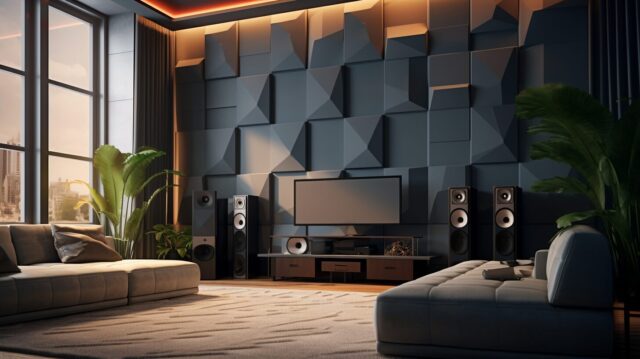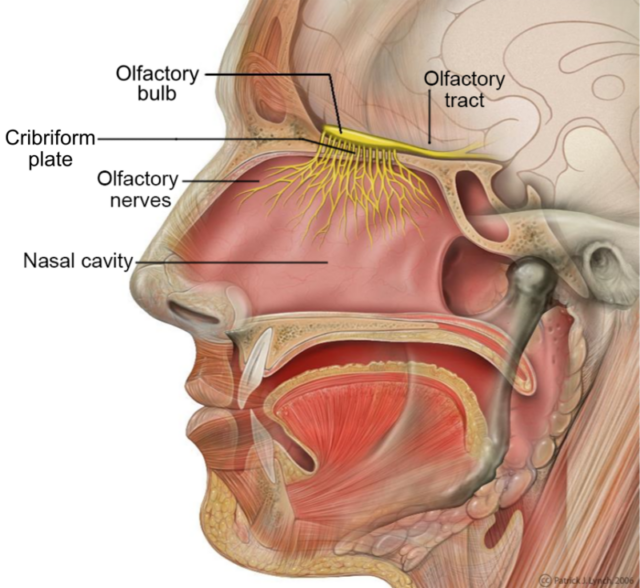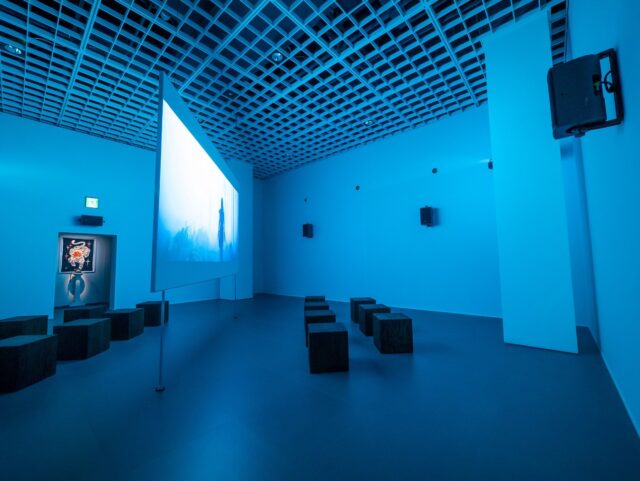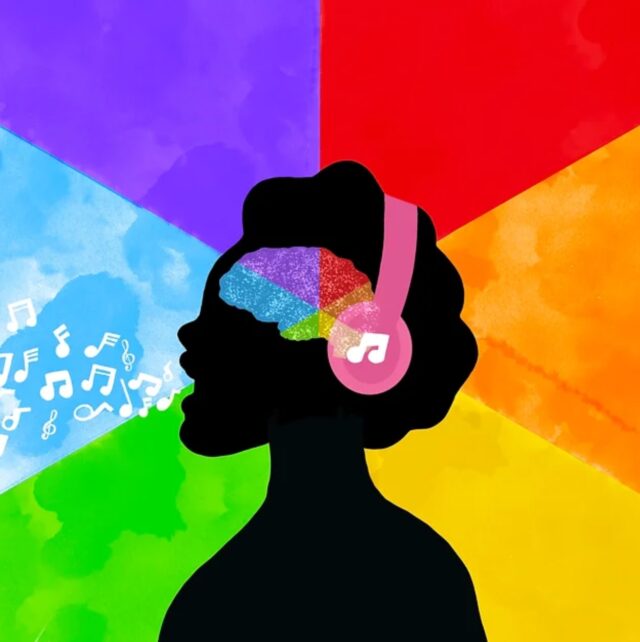
When it comes to art, most people think of visual mediums such as painting or sculpture. However, there is a unique and often overlooked form of artistic expression that combines both auditory and visual elements – acoustic art. This captivating art form aims to stimulate the senses by creating immersive soundscapes and visual delights that leave a lasting impact on the viewer/listener.
1. The Power of Acoustic Art in Stimulating the Senses

Acoustic art transcends the traditional boundaries of art by offering a multidimensional experience that engages both the ears and the eyes. One of the most compelling aspects of acoustic art is the exploration of soundscapes, which can transport us to different environments and evoke a range of emotions.
Exploring the Multidimensional Experience of Soundscapes
Soundscapes, in the context of acoustic art, refer to the audio environments created by artists that are meant to be experienced holistically. By using various elements such as music, natural sounds, and human-made sounds, artists can transport the listener to different settings and create a sense of immersion. From the atmospheric sounds of a bustling city to the serene ambiance of a forest, soundscapes allow us to escape our immediate surroundings and have a truly transformative experience.
The Intricate Relationship between Sound and Visual Art
Acoustic art goes beyond sound alone and explores the intricate relationship between sound and visual art. Artists create a symbiotic relationship between the auditory and visual elements, enhancing the overall impact on the viewer. By combining carefully curated visuals with complementary soundscapes, artists can create a truly immersive experience that captivates the audience.
Evoking Emotions through the Symbiosis of Music and Visuals
One of the most powerful aspects of acoustic art is its ability to evoke emotions through the combination of music and visuals. By strategically pairing specific musical compositions with visuals, artists can tap into the viewer’s emotions and create a deeply moving experience. Whether it’s the haunting melody of a melancholic piano piece accompanied by monochromatic visuals or a vibrant, energetic composition paired with dynamic visuals, acoustic art has the power to elicit a wide range of emotions.
2. Unveiling the Artistic Techniques Behind Captivating Soundscapes

Creating captivating soundscapes is no easy feat. It requires a combination of artistic vision, technical know-how, and a deep understanding of how sound interacts with space. Artists employ various techniques to craft immersive auditory experiences that transport the viewer/listener to another world.
The Art of Sound Design: Creating Immersive Auditory Experiences
Sound design is a crucial aspect of acoustic art, as it involves the manipulation and arrangement of audio elements to create a desired atmosphere. Artists carefully select and manipulate different sounds, whether natural or artificially generated, to evoke specific emotions and transport the listener to a particular setting. By controlling aspects such as volume, panning, and reverberation, artists can create a sense of depth and spatiality in the soundscapes, enhancing the overall experience.
Audio Engineering as a Canvas: Manipulating Sounds for Artistic Expression
Audio engineering plays a significant role in acoustic art, as it allows artists to manipulate and shape sounds for artistic expression. Techniques such as sampling, looping, and layering enable artists to create complex and intricate soundscapes that are both captivating and unique. By pushing the boundaries of what is considered traditional music composition, artists can experiment with different sonic textures and create truly innovative auditory experiences.
Incorporating Ambisonics and Binaural Audio for Realistic Soundscapes
As technology advances, artists have access to more sophisticated tools for creating realistic soundscapes. Ambisonics, a technique that captures and reproduces sound in a three-dimensional space, allows artists to create a truly immersive audio experience. Binaural audio, on the other hand, simulates the perception of sound through headphones, creating a sense of spatiality and realism. By incorporating these techniques into their work, artists can create soundscapes that are incredibly lifelike and transportive.
3. Discovering the Visual Delights of Acoustic Art Installations

Acoustic art installations combine the auditory and visual elements to create interactive and dynamic experiences that captivate the audience. These installations often transform spaces and engage the viewer in a way that traditional visual art cannot.
The Intersection of Audio and Visuals: Interactive and Dynamic Art Installations
Interactive and dynamic art installations bring together audio and visual elements in a way that encourages active participation from the viewer. These installations often utilize technologies such as sensors or motion detection to trigger different audiovisual responses based on the viewer’s actions. By creating an interactive experience, artists can engage the audience on a deeper level and allow them to become active participants in the art itself.
Projection Mapping: Transforming Spaces with Visual Magic
Projection mapping is a technique commonly used in acoustic art installations that involves creating visual illusions by projecting images onto three-dimensional objects or surfaces. By carefully aligning projected visuals with the physical structure of the object, artists can create mesmerizing displays that seemingly transform the space. Projection mapping allows artists to play with perspective, depth, and movement, creating a visual feast for the audience.
Light and Sound: The Enchanting Synchronization of Visual and Auditory Elements
An integral part of acoustic art installations is the synchronization of light and sound. By carefully choreographing the timing and intensity of both elements, artists can create a truly enchanting experience for the audience. Whether it’s the harmonious choreography of music and light or the deliberate juxtaposition of contrasting elements, the synchronization of visual and auditory elements adds another layer of depth and intrigue to acoustic art installations.
4. The Impact of Acoustic Art on Human Perception and Well-being

The captivating power of acoustic art goes beyond mere aesthetics. It has the potential to impact human perception and well-being, offering therapeutic benefits and enhancing mindfulness practices.
Exploring the Therapeutic Benefits of Immersive Soundscapes
Immersive soundscapes created through acoustic art have been found to have therapeutic effects on individuals. Studies have shown that exposure to calming soundscapes can reduce stress, promote relaxation, and even alleviate symptoms of anxiety and depression. By creating environments that simulate natural settings or evoke positive emotions, acoustic art can provide a much-needed respite from the demands and stresses of everyday life.
The Psychology of Sound: How Auditory Stimuli Affects the Mind
The psychology of sound is a fascinating field that explores how auditory stimuli can affect cognitive processes and emotions. Acoustic art takes advantage of this understanding by strategically manipulating sound elements to create specific psychological responses in the viewer/listener. By tapping into the psychology of sound, artists can guide the audience on an emotional journey and create a profound impact.
Holistic Healing: Integrating Acoustic Art in Mindfulness Practices
Mindfulness practices involve being fully present and aware of one’s surroundings. Acoustic art can enhance these practices by providing a multisensory experience that promotes engagement and focus. By incorporating acoustic art installations or soundscapes into mindfulness sessions, individuals can deepen their immersion in the present moment and enhance their overall well-being.
Acoustic art represents a unique and compelling fusion of auditory and visual elements that goes beyond traditional art forms. Through the creation of captivating soundscapes and visual delights, artists have the power to transport us to different worlds, evoke powerful emotions, and enhance our perception of the world around us. Whether experienced in a gallery, through installations, or as part of mindfulness practices, acoustic art offers a transformative journey that engages all the senses and leaves a lasting impact on the viewer/listener.





